In the vast and diverse tapestry of natural wonders that grace our planet, few phenomena capture the imagination quite like Lake Hillier. Nestled on the coast of Middle Island in Australia’s Recherche Archipelago, this remarkable body of water stands out like a splash of pink paint on an otherwise blue canvas. Its vibrant hue, starkly contrasting with the nearby ocean, is a testament to the surprising and often unexplained wonders of nature. Lake Hillier is not just a geographical curiosity; it is a mesmerizing spectacle that challenges our understanding of the natural world and invites us to explore the intricate and often mysterious processes that shape our environment.
A Pink Lake in the Outback
Australia, a land known for its diverse landscapes and unique wildlife, is home to many natural wonders. Among them, Lake Hillier stands out as one of the most enigmatic. Located on Middle Island, the largest island in the Recherche Archipelago off the south coast of Western Australia, Lake Hillier is a saline lake that covers an area of about 600 meters by 250 meters. What makes this lake truly extraordinary is its striking pink color, which remains constant year-round and does not fade even when the water is taken in a container.
The first recorded sighting of Lake Hillier was by Matthew Flinders, a British explorer who circumnavigated Australia in the early 19th century. Flinders described the lake as a "beautiful pink lake" in his journal, noting its unusual color and location. Since then, Lake Hillier has intrigued scientists, explorers, and tourists alike, becoming a symbol of the strange and beautiful phenomena that nature can produce.
The Science Behind the Pink Hue
The vibrant pink color of Lake Hillier is a result of a unique combination of natural phenomena. The primary contributor to the lake’s color is a type of algae called Dunaliella salina. This microorganism thrives in highly saline environments and produces a red pigment called carotenoids, which give the water its distinctive pink hue. Additionally, the presence of halophilic bacteria in the surrounding salt crusts also contributes to the lake’s color. These bacteria, which can tolerate extremely high salt concentrations, produce pink pigments that further enhance the lake’s appearance.
The saline nature of Lake Hillier plays a crucial role in supporting these unique life forms. The lake’s high salt concentration is similar to that of the Dead Sea, making it an inhospitable environment for most organisms. However, Dunaliella salina and halophilic bacteria have adapted to these extreme conditions, creating a vibrant ecosystem that produces the lake’s signature color. The interplay between these microorganisms and the lake’s saline environment is a fascinating example of how life can thrive in even the most challenging conditions.
A Natural Laboratory
Lake Hillier is not just a visual spectacle; it is also a natural laboratory where scientists study the unique ecosystem that supports its pink color. Researchers have been drawn to the lake to investigate the biology of Dunaliella salina and halophilic bacteria, as well as the geochemical processes that maintain the lake’s high salinity. These studies have provided valuable insights into how life adapts to extreme environments and have broader implications for understanding the potential for life on other planets.
The saline lakes of Western Australia, including Lake Hillier, are considered analogs for ancient Martian lakes. By studying the microorganisms that thrive in these extreme environments, scientists hope to gain a better understanding of the conditions necessary for life to exist elsewhere in the universe. The research conducted at Lake Hillier thus contributes not only to our understanding of Earth’s biodiversity but also to the broader field of astrobiology.
The Allure of Lake Hillier
Beyond its scientific significance, Lake Hillier holds a special allure for tourists and nature enthusiasts. The lake’s vibrant pink color is a stark contrast to the surrounding blue ocean and green vegetation, creating a surreal and almost otherworldly landscape. Visitors to the Recherche Archipelago often make it a point to see Lake Hillier, either by taking a scenic flight over the islands or by visiting the nearby Esperance, a small coastal town known for its pristine beaches and natural beauty.
The unique color of Lake Hillier has also inspired artists and photographers, who seek to capture the lake’s beauty in their work. The lake’s pink hue has been immortalized in countless photographs, paintings, and videos, making it a symbol of natural beauty and wonder. Its allure lies not just in its visual appeal but in the sense of mystery and discovery that it evokes.
Conservation and Preservation
The unique ecosystem of Lake Hillier is a delicate balance of biological and geochemical processes. To protect this natural wonder, conservation efforts have been put in place to ensure its long-term preservation. The Recherche Archipelago, including Middle Island, is part of the Two Peoples Bay Nature Reserve, which is managed by the Western Australian Department of Biodiversity, Conservation, and Attractions. This protected status helps to safeguard the lake and its surrounding environment from human impact and degradation.
Tourism to Lake Hillier is carefully managed to minimize its impact on the fragile ecosystem. Visitors are encouraged to view the lake from designated areas and to follow guidelines to protect the natural environment. By preserving Lake Hillier, we are not only protecting a unique natural phenomenon but also ensuring that future generations can continue to marvel at its beauty and study its mysteries.
A Symbol of Nature's Creativity
Lake Hillier is more than just a pink lake; it is a symbol of nature’s creativity and resilience. Its vibrant hue, the result of a unique combination of biological and geochemical processes, is a testament to the surprising and often unexplained wonders of the natural world. The lake’s ability to support life in an extreme environment and its potential as a natural laboratory for scientific research make it a valuable and fascinating resource.
The allure of Lake Hillier lies in its ability to inspire awe and curiosity. Its pink waters challenge our perceptions of what is possible in nature and invite us to explore the intricate and often mysterious processes that shape our world. Whether viewed from above or experienced up close, Lake Hillier is a reminder of the beauty and complexity of the natural world and the importance of preserving its wonders for future generations.
In a world where natural beauty is often overshadowed by human-made marvels, Lake Hillier stands as a reminder of the enduring power and creativity of nature. It is a pink enigma, a splash of color on the canvas of our planet, and a testament to the endless possibilities that nature can create.
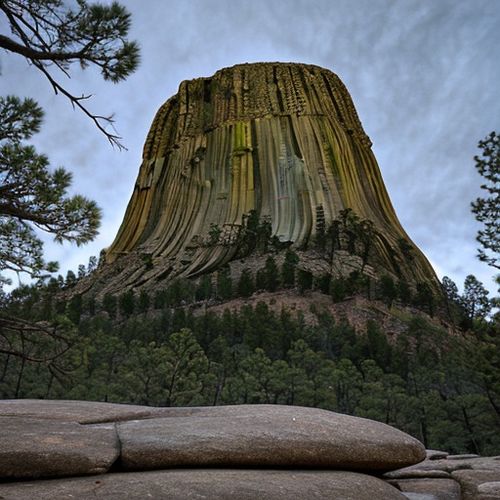
By Natalie Campbell/Apr 27, 2025
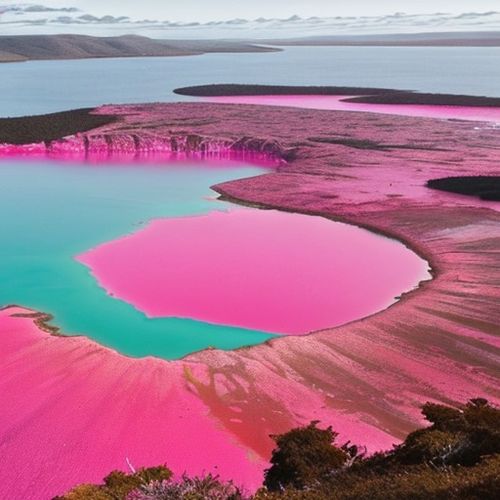
By Olivia Reed/Apr 27, 2025

By Noah Bell/Apr 27, 2025
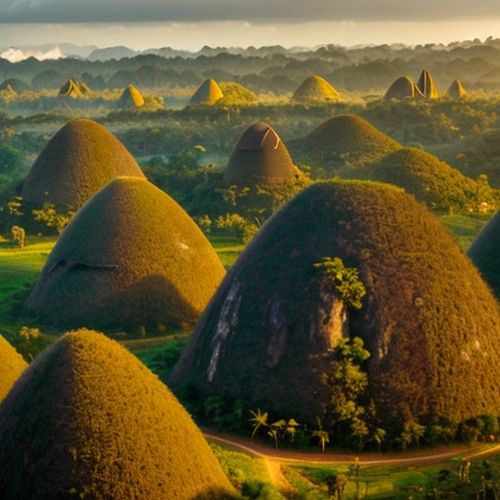
By Jessica Lee/Apr 27, 2025
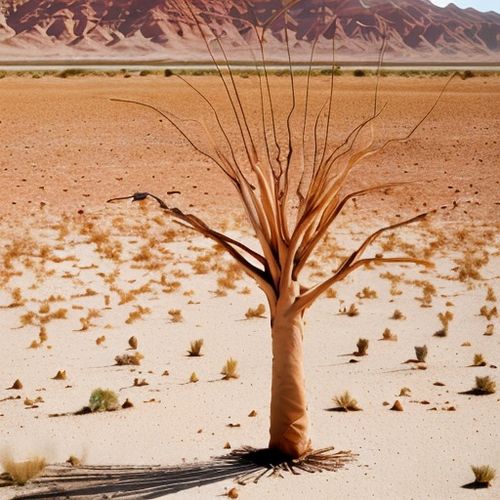
By Daniel Scott/Apr 27, 2025
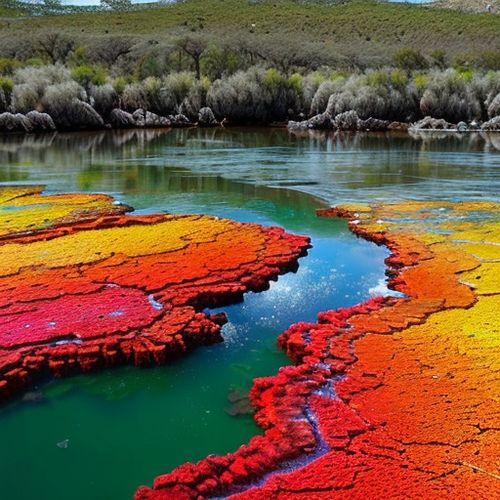
By Grace Cox/Apr 27, 2025
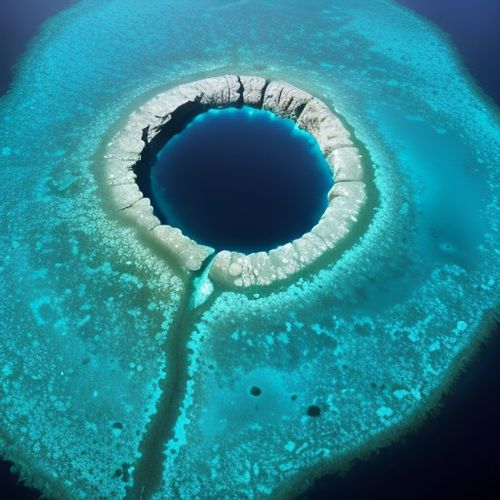
By Michael Brown/Apr 27, 2025
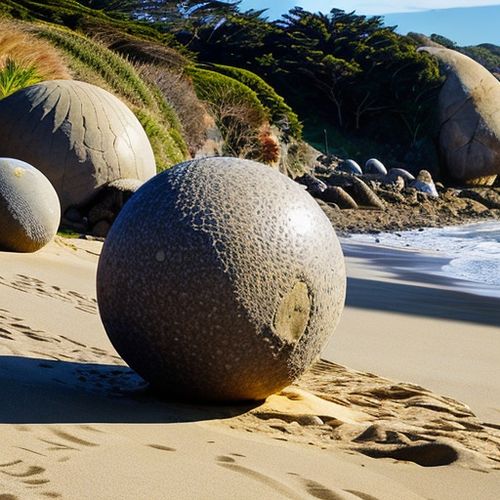
By Amanda Phillips/Apr 27, 2025
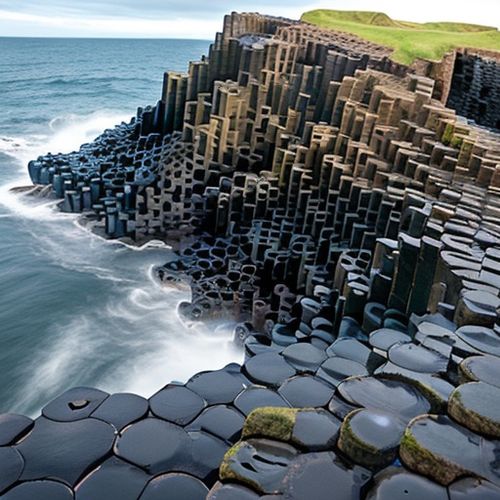
By Ryan Martin/Apr 27, 2025
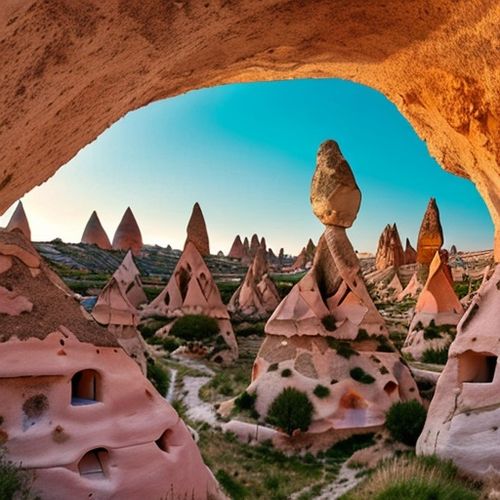
By Victoria Gonzalez/Apr 27, 2025
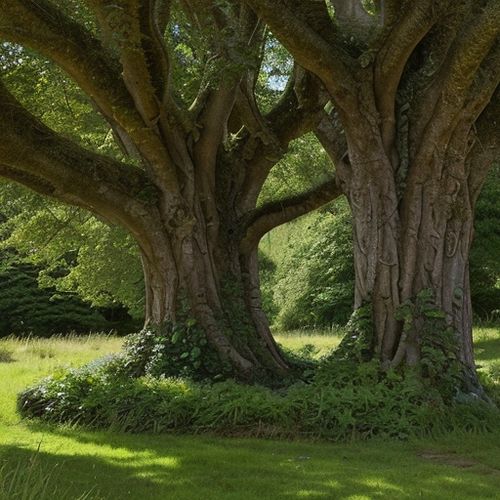
By Natalie Campbell/Apr 27, 2025
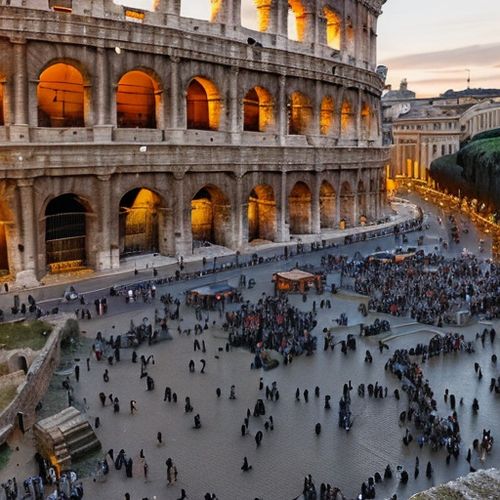
By Ryan Martin/Apr 11, 2025

By Sophia Lewis/Apr 11, 2025

By David Anderson/Apr 11, 2025

By Rebecca Stewart/Apr 11, 2025

By Thomas Roberts/Apr 11, 2025
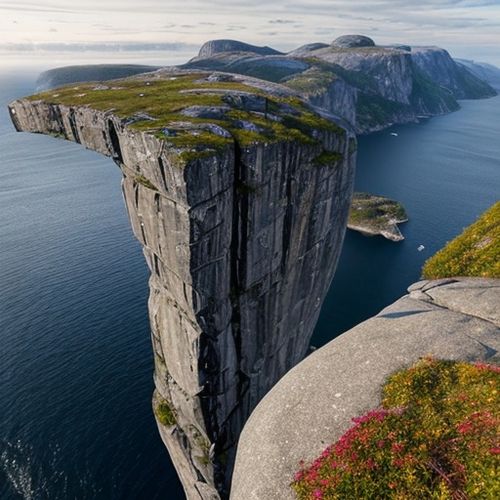
By Thomas Roberts/Apr 11, 2025
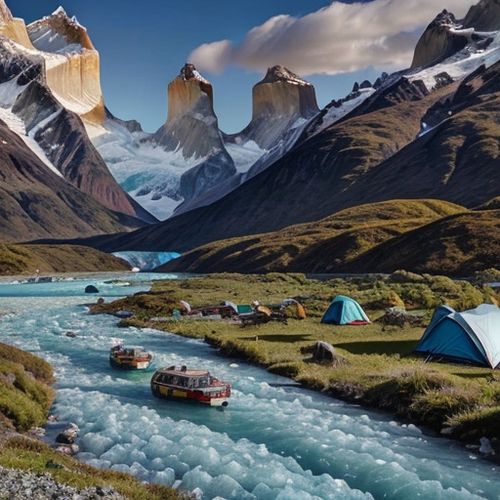
By Elizabeth Taylor/Apr 11, 2025
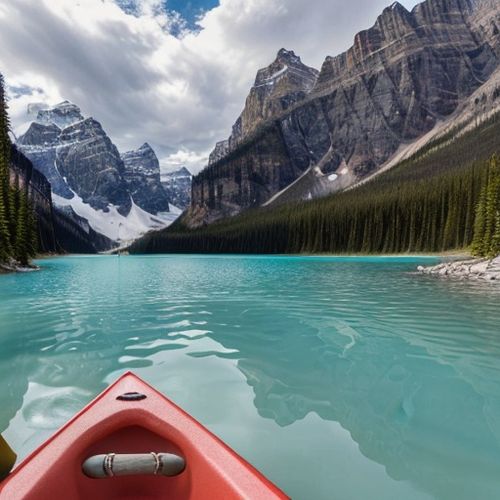
By Thomas Roberts/Apr 11, 2025
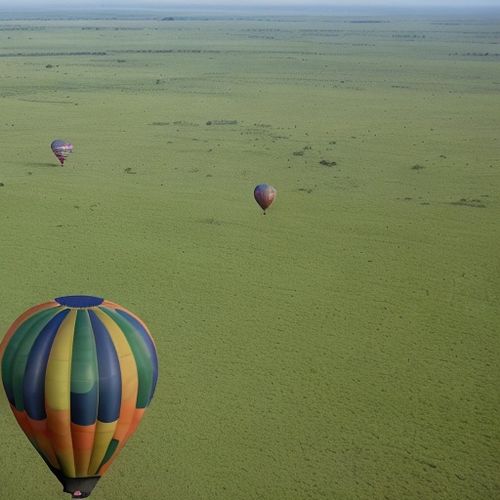
By Eric Ward/Apr 11, 2025